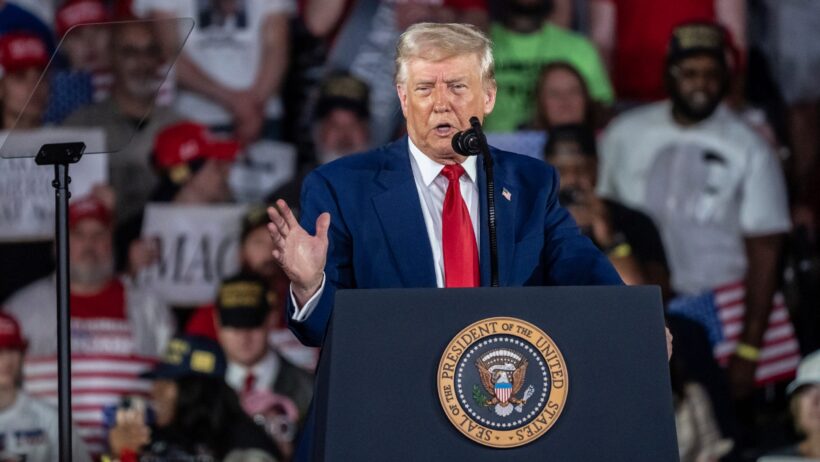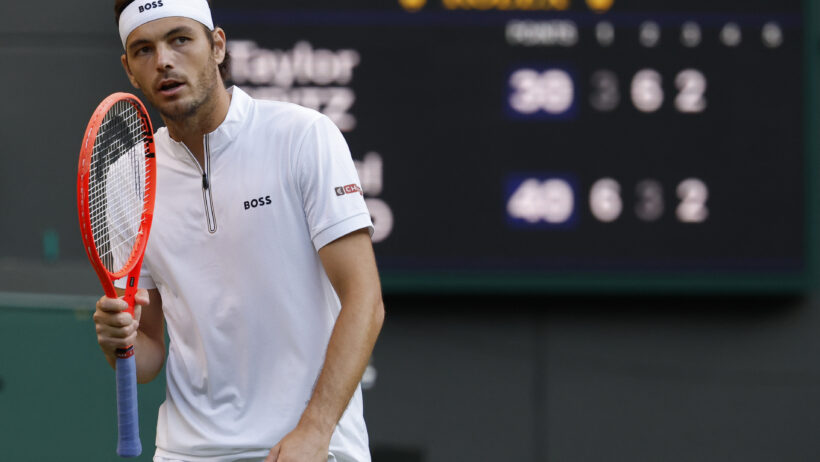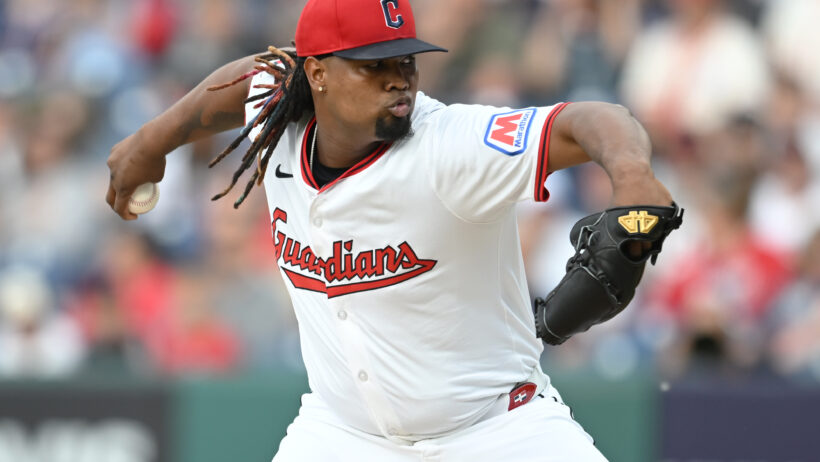How COVID-19 Will Impact Lines for NFL, NBA, NHL, MLB, NCAAF, and NCAAM
By Sascha Paruk in News
Updated: May 21, 2020 at 11:50 am EDTPublished:
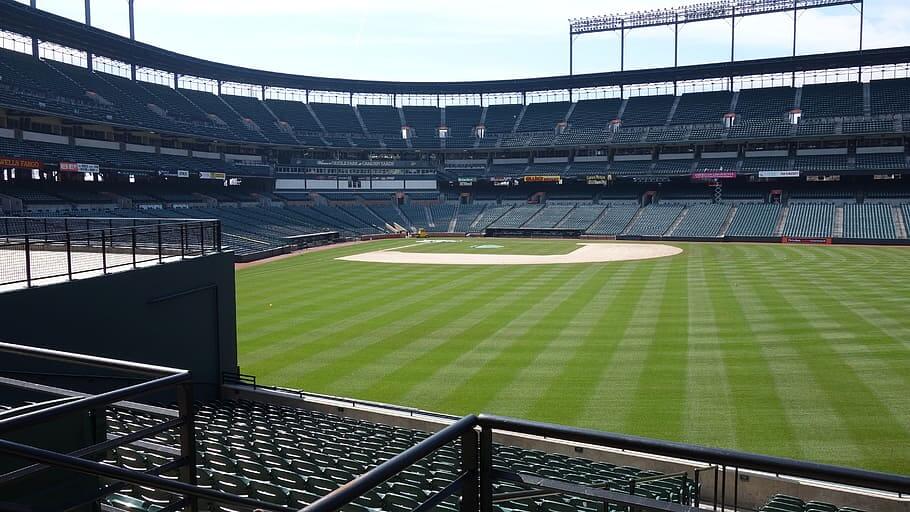
- Oddsmakers will have a difficult task on their hands when professional sports return in North America
- Neutral-site games, no fans, limited practice/training time: several factors will impact the odds
- See how sportsbooks are likely to adjust to the new realities
For all intents and purposes, professional sports has been on pause in North America since March 12th. When the major professional and collegiate leagues return — which they will, eventually — there are going to be material differences in the way sports are played, viewed, and presented, and those differences are going to impact the odds.
It’s unclear how much of a “training camp” players are going to get. Most leagues are likely to start without fans in the stands. Some leagues will limit travel to neighboring regions (or even a single city). So, if you’re an oddsmaker trying to sort out lines, you have to ask yourself two questions: (1) How will all of the above impact results? And (2) how much will bettors think it will impact results? The safest way for books to turn a profit when sports return is to balance the money on either side of the line, which will mean predicting the public perception of sports’ new realities.
Jump to: NFL | NBA | MLB | NHL | College FB | College BB | Impact Ranking
NFL
We’ll start with the NFL because, when it comes to sports betting, the NFL is king.
League owners are hoping that the NFL odds will be the least impacted by coronavirus. They are praying that, by the time September rolls around, the world will have gone back to normal. But Dr. Anthony Fauci has said that the start of the 2020 NFL season is entirely dependent on the status of the virus circa Sep. 10th.
Dr. Anthony Fauci on Monday said the coronavirus ultimately "will make the decision" regarding the upcoming NFL season. https://t.co/8x6t3KKPmZ pic.twitter.com/Cs0hsI5ySv
— NESN (@NESN) May 12, 2020
Given where the majority of America is right now in its efforts to combat COVID-19, it’s highly like that there are no fans in the stands in Week 1. There’s also a chance that some teams (especially the three in California) play one or more games in other states.
Conventional wisdom is that home-field advantage counts for three points in the NFL, give or take a half-point here and there for teams that play in ultra-tough environments (Broncos, Seahawks, Patriots) or comfortable visiting conditions (Rams, Chargers). Biased officiating, travel, and crowd noise are commonly accepted as the biggest contributors to home-field advantage. Boisterous crowds can drown out opposing QBs at the line of scrimmage, leading to false starts and making it difficult to audible.

While home-field advantage has been worth less and less over the last two decades – and nearly disappeared in 2019 (home teams won just 51.7% of games versus 59.8% in the 90s) – that’s not common knowledge to the average bettor. Oddsmakers will adjust point spreads and moneylines based on stadiums being empty because they know the public will factor it in when placing bets.
Look for teams with extremely loud crowds (Seattle, KC) to be hit hardest when it comes to the spread, while the lines for Chargers home games, in particular, won’t really be adjusted for the lack of fans or relocation to a neutral site.
A factor that will be more difficult to calculate is the lack of practice time and shortened training camps. Even if the season does start on time, it’s highly likely that training camps will be heavily impacted. If so, look for oddsmakers to fade teams with a lot of new faces (especially at QB). Teams relying heavily on rookies will be good fade candidates, as well. New players will have less time to get acclimated to the team and learn the playbook. That’s especially bad news for the likes of the Cincinnati Bengals, who will be starting rookie Joe Burrow at QB.
NBA
Among the “Big Four” sports leagues in North America (MLB, NBA, NFL, NHL), the NBA has the biggest home-court advantage, according to statistics compiled by Michael Lopez, the Director of Data and Analytics for the NFL. It’s common to see NBA odds fluctuate by eight or nine points from home to road.
Teams like the Denver Nuggets, Utah Jazz, and Golden State Warriors have about a 65% chance of beating an equal-caliber opponent when playing at home, according to Lopez. Even the teams with the lowest home-court advantages are still in the high 50s.
Lopez’s findings align with the anecdotal evidence offered by a glance at the standings. The six-best teams in the NBA this season have lost just 44 games at home compared to 63 on the road.
For Denver and Utah, much of the edge is based on location. They both play at altitude and most opponents have to travel over 1,000 miles to get to Denver or Salt Lake City. If the remainder of the 2020 NBA season is played in teams’ respective stadiums, the Nuggets and Jazz will maintain much of their home-court advantage, fans or otherwise.
Oddsmakers may adjust Denver’s home-court edge from about 4.5 points to 4.0, but it would be surprising to see much more than that. The teams with the lowest attendances (Minnesota, Charlotte, Detroit) are likely to see smaller-than-average drops, as well.
Things will get really interesting if the NBA proceeds with rumored plans to hold the 2020 playoffs in one city (either Las Vegas or Orlando).
Oddsmakers almost never have to handicap neutral-site games in the NBA.
Oddsmakers almost never have to handicap neutral-site games in the NBA (or MLB or NHL). The recent exception is the Milwaukee vs Charlotte game in Paris back in January. Sportsbooks basically treated that as a Bucks home game, setting the line around -14, the same as when Charlotte visited Milwaukee in November 2019.
But that won’t persist for a neutral-site playoff without fans. It would be seen as an equalizer, especially for the likes of Denver and Utah. It would also lead to a flattening of the NBA title futures. The #1 seeds (Lakers in the West, Bucks in the East) would see their title odds get worse as the home-court advantage they earned in the regular season would no longer exist.
MLB
The MLB’s recent restart proposal would see teams play in their home stadiums without fans and only travel to cities in their division, plus the corresponding division in the other league. But for betting purposes, it doesn’t really matter. The MLB odds are going to be impacted the least, no matter how the league looks.
According to Lopez’s findings, home-field advantage in baseball is by far the smallest among the Big Four sports. The Colorado Rockies are the main exception, as they perform considerably better at Coors Field than on the road.
Just like every single year, it seems:
– The Rockies have the best home wOBA: .369
– The Rockies have the 3rd-worst road wOBA: .289
Every. Single. Year. A reminder from back in 2015: pic.twitter.com/jMg3eH2aXA
— Mike Petriello (@mike_petriello) May 31, 2019
Other than Colorado, teams perform almost as well on the road as at home, and what advantage they do have likely has nothing to do with fans. Familiarity with the sight lines at their own ballparks and more rest while staying at home are likelier causes.
That’s not to say the MLB odds will see no adjustments if there are no fans. They probably will and it’s because of public perception. Oddsmakers will think that the public will think it matters, especially for teams that draw large, noisy home crowds (e.g. Cardinals, Red Sox, Yankees). Look for those teams and other big-market squads to see discounted moneylines during home stands, while the teams with brutal attendance records (Marlins, Rays) see almost no adjustment.
NHL
Home-ice advantage in the NHL is real and it’s more palpable than in baseball, but it’s also considerably lower than the NBA or NFL.
Crowd noise is a part of the edge. Studies have shown that home teams get more power-plays than road teams., and that’s almost certainly because of outside influences on the referees. It’s not a coincidence that the two of the three lowest teams in terms of home-ice advantage in Lopez’s study are also the teams with the worst attendance in 2019: NY Islanders and Ottawa Senators.
As far as the NHL odds are concerned, a lack of fans is going to lead to reduced moneylines for home teams when the league returns. One squad that’s likely to see a greater impact than most is Vegas’ own Golden Knights.

Not only has the team had one of the loudest home environments in the league since its inception in 2017, there’s also a theory that the city’s nightlife has a, let’s say, fatiguing effect on visiting teams.
Over the past 2.5 seasons, Vegas has 161 points on home ice and just 127 on the road. That’s a significant 56/44% split.
NCAA Football
When it comes to college football versus the NFL, the onfield products are starting to look more and more alike as the years go by. But in many ways, college sports remain a completely different beast than the pros. Statistics from 2013 found that college football had the biggest home-field advantage among major North American team sports.
Remember that college athletics are played by (mostly) 18 to 22-year-olds. They are, in many ways, still children. They don’t have the veteran savvy of pros. The data suggests they are more susceptible to momentum swings, less able to cope with arduous travel, and generally less resilient in hostile environments.
That’s why the college football odds are likely to see one of the bigger impacts if fans are not allowed in stadiums. All of a sudden, the Death Valleys, the Horseshoes, the Swamps of the country will become soporific caverns, devoid of the fervor that made them famous.

Oddsmakers will recognize that lack of travel remains an advantage for the home team, but the biggest schools with the most passionate fanbases will see reduced moneylines and lowered point spreads if their stadiums are empty. Rivalry games will see the biggest reductions (think Alabama vs Auburn, Ohio State vs Michigan) while complete mismatches will see the least (think Ohio State vs Rutgers) because it’s not crowd noise that decides whether the Buckeyes will win by 38 or 45.
NCAA Basketball
Like with college football, the college basketball odds are greatly impacted by home-court advantage, and it’s largely because of the environment created by the fans. The same 2013 report cited in the section above found that college basketball’s home-court edge was almost on par with college football’s.
The impact is much greater for certain teams than others, of course, just like in all the sports discussed above. The good news for oddsmakers is that a lot of the work has been done for them by other statisticians. The highly influential KenPom ratings have a dedicated section for home-court advantage, which rates all 353 teams in terms of the boost they have received in the recent past while playing at home.
Top-Ten Home Court Advantages in College Basketball
| School | Rank |
|---|---|
| Colorado | 1st |
| West Virginia | 2nd |
| Texas Tech | 3rd |
| Air Force | 4th |
| Memphis | 5th |
| New Mexico | 6th |
| Utah State | 7th |
| North Carolina A&T | 8th |
| Louisiana Tech | 9th |
| Iowa | 10th |
In keeping with the trends established by the NBA, teams that play at altitude litter the upper parts of the list. The Colorado Buffaloes are #1 (by a decent margin) while Air Force is #4, Utah State is #6, and Utah is #11. If the 2020-21 season is played at campus sites, these home-court advantages will continue to exist to a large degree.
Another team that will maintain much of its edge is West Virginia (#2). The Mountaineers have had a bigger-than-average home-court advantage since moving to the Big 12 because Morgantown is nowhere near any other Big 12 school. Every single opponent undertakes a long, tiring journey to get to WVU.
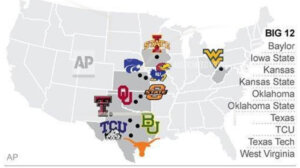
The teams at the bottom of the list – Navy, Boston U, Fairleigh Dickinson – will be the least impacted by empty stadiums. If you’re curious which Power Six school ranks lowest, it’s DePaul (257th) by a wide margin. Boston College (220th) and Pitt (212th) are the only other Power Six schools rated worse than 200th.
Overall Impact Ranking
To synthesize all of the above, here’s how the leagues will rank in terms of impact. The college football and college basketball odds should see the biggest swings, followed by the NBA, NFL, NHL, and MLB (in that order).

Managing Editor
Sascha has been working in the sports-betting industry since 2014, and quickly paired his strong writing skills with a burgeoning knowledge of probability and statistics. He holds an undergraduate degree in linguistics and a Juris Doctor from the University of British Columbia.


